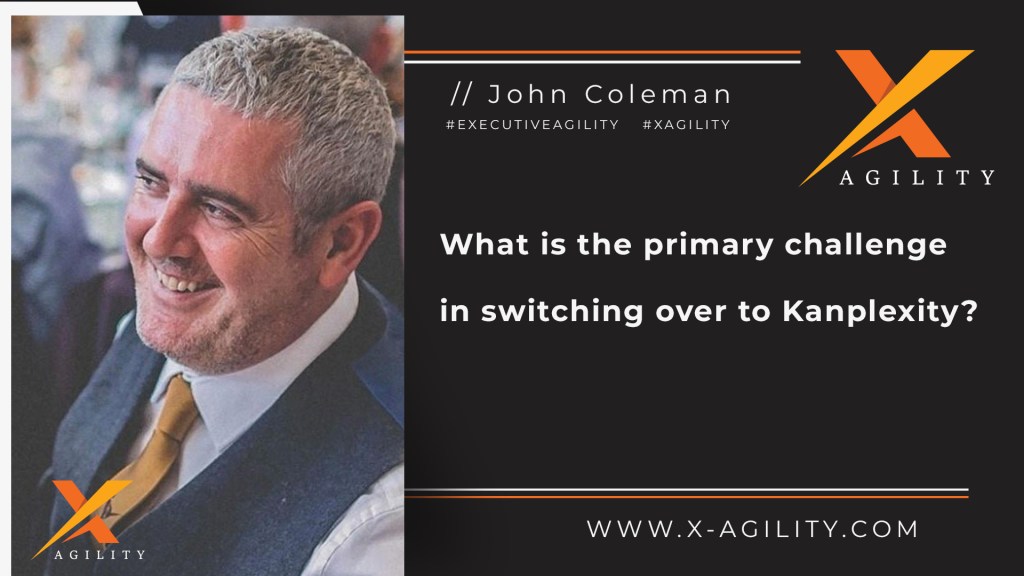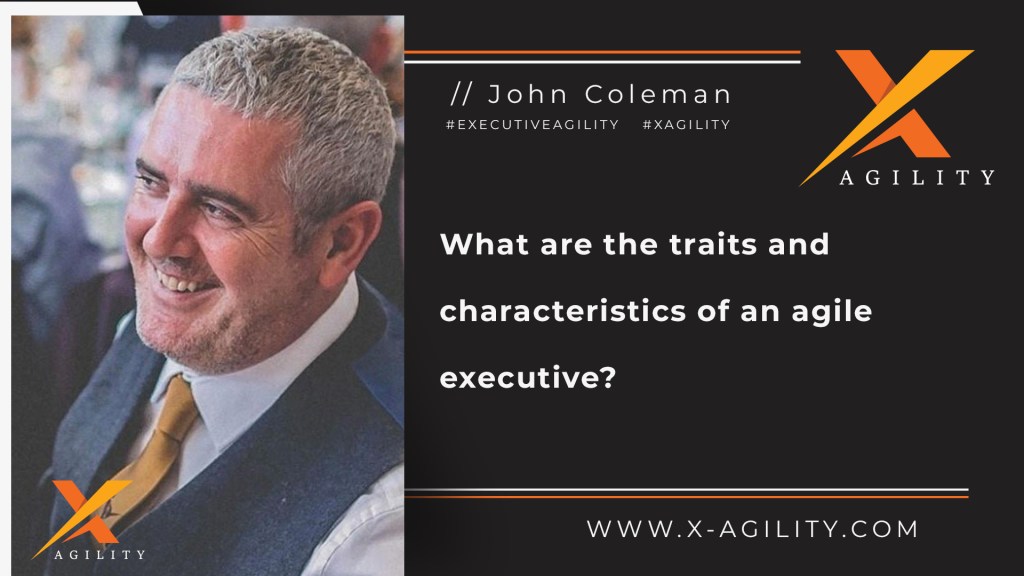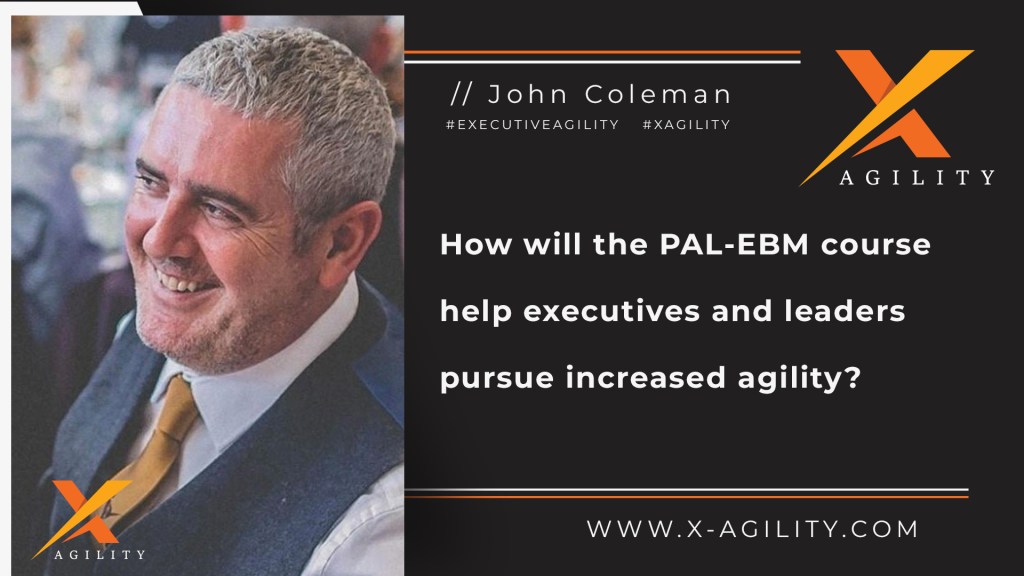Why and how is Agile a more effective way to create, test and develop products than traditional project management?
Traditional project management has lots of great strengths and includes a great deal of professionalism and strong processes to get things done.
There are tomes of big books that help you deal with everything from risk management to stakeholder management, and everything in between, so there is a lot of due diligence and best practices to follow.
All elements of project management are sound and proven in environments where we know exactly what we need to do, how to do that, and who would be best to perform the tasks needed to deliver the project.
In simple and complicated environments, traditional project management does a great job.
Complexity
Complex environments mean that we could bring all the experts together and still not solve the problem or identify how to build the product or feature.
It is a space of volatility, uncertainty, and ambiguity.
We simply don’t and can’t know all the variables upfront and despite having the best experts working at the coalface, we may need to circle the problem several times before we discover or develop a solution.
We might need to design and run some experiments to test whether our hypothesis is true or needs to be reworked. We might need to rework some old ideas and put a new twist on them to adapt them to the current problem or opportunity.
In a complex space, traditional project management simply falls over.
It isn’t designed to deal with complexity, it thrives on certainty.
Kanplexity
There are some solutions available for traditional project managers who find themselves facing complex problems or needing to build complex projects and products.
Some would argue that KANBAN is a great approach to helping project managers solve complex problems and deliver complex products and projects. I’ve taken things a step further and designed a framework known as Kanplexity which draws on both my project management and agile experience.
Kanplexity has been designed to help project managers operate in complex environments and combine traditional project management with KANBAN and agile values/principles to discover the best way forward for their project.
Kanplexity is proving itself an effective bridge between the complicated and complex worlds, and it is something worth exploring if you find yourself between a rock and an agile space. Download the Kanplexity guide for more insights and information.
Empiricism
Empiricism or Empirical Process Control is widely accepted as one of the most effective ways to deal with complexity. It is built on the pillars of ‘transparency, inspection, and adaptation’ based on what you are doing and what you have learned through that process.
Agile is about using data and evidence to inform what you do next and use what you have learned to improve your hypotheses and experiments, and continuously improving with each loop.
Great product development is about designing a hypothesis and running an experiment to test whether what you have built is creating and delivering value, or whether you need to change direction and explore a different path to value creation.
Agile advocates having customers, end-users and product stakeholders involved in that process of transparency, inspection, and adaptation. It strongly advocates short, sharp bursts of work that are followed by reviews and retrospectives to inform whether we are working on the most valuable work or solving the most compelling problems.
If we don’t satisfy customers, we don’t have a viable business. If we don’t create value for the organization and create systems and processes that are economically viable, we don’t have a business either regardless of how satisfied our customers are.
Business Agility relies on us aligning organizational and customer objectives in a way that allows us to create products and services that truly delight customers whilst generating economic value for the organization.
For this reason, Agile has become the preferred approach for product development in complex environments.
The danger of documentation and administration
In a project management environment, the emphasis lies on documentation and contracts. In the agile world, it is people and interactions over processes and tools.
As a project manager, I would spend hours working on a Gantt chart only to discover that the Gantt chart was obsolete within a day.
It was frustrating and demonstrated the value on responding to what was happening rather than being waist deep in projections and estimates. Sometimes, we can get so caught up in following a rigid, predetermined plan that we fail to respond to what is happening real-time.
We can’t and don’t know if we will have completed the work by the 14th of February, even if that is a milestone carved in project management stone on our plan.
What we can do is focus on learning through data/evidence and track our leading and lagging indicators to understand if we are still doing the most valuable work and whether we are effectively achieving our goals and objectives.
There are tools in the Agile world that empower teams to track what has consistently been delivered over time and roughly estimate what can be anticipated in the future, but the team value welcoming changes, even late in development, over following a rigid plan if that empowers them to create and deliver value that delights customers.
Documentation and extensive administration work okay in a simple or complicated environment that is dominated by certainty, but when there is a great deal of uncertainty, that is where Agile truly comes into its own.
That is it’s sweet spot.
About John Coleman
John Coleman has deep experience and expertise working with executives, #leadership teams and product development teams to achieve increased #businessagility and create environments where creativity and collaboration produce high-performance teams.
https://linktr.ee/johncolemanxagility – social and podcast links
https://linkpop.com/orderlydisruption – order training from right here
If you are interested in helping your team or organization achieve greater agility and want to explore agile training options, visit our training page.
If you value coaching and would like to work with a deeply experienced agile and executive coaching specialist, visit our coaching page.
If you are looking for an agile consultant that can help your leadership team identify an appropriate roadmap to business agility and take the most effective course of action in your agile transformation, visit our consulting page.
#agile #leadership #agileleadership #certifiedagileleadership #professionalagileleadership #psm #psm2 #scrum #scrumorg #xagility #executiveagility #xagility





